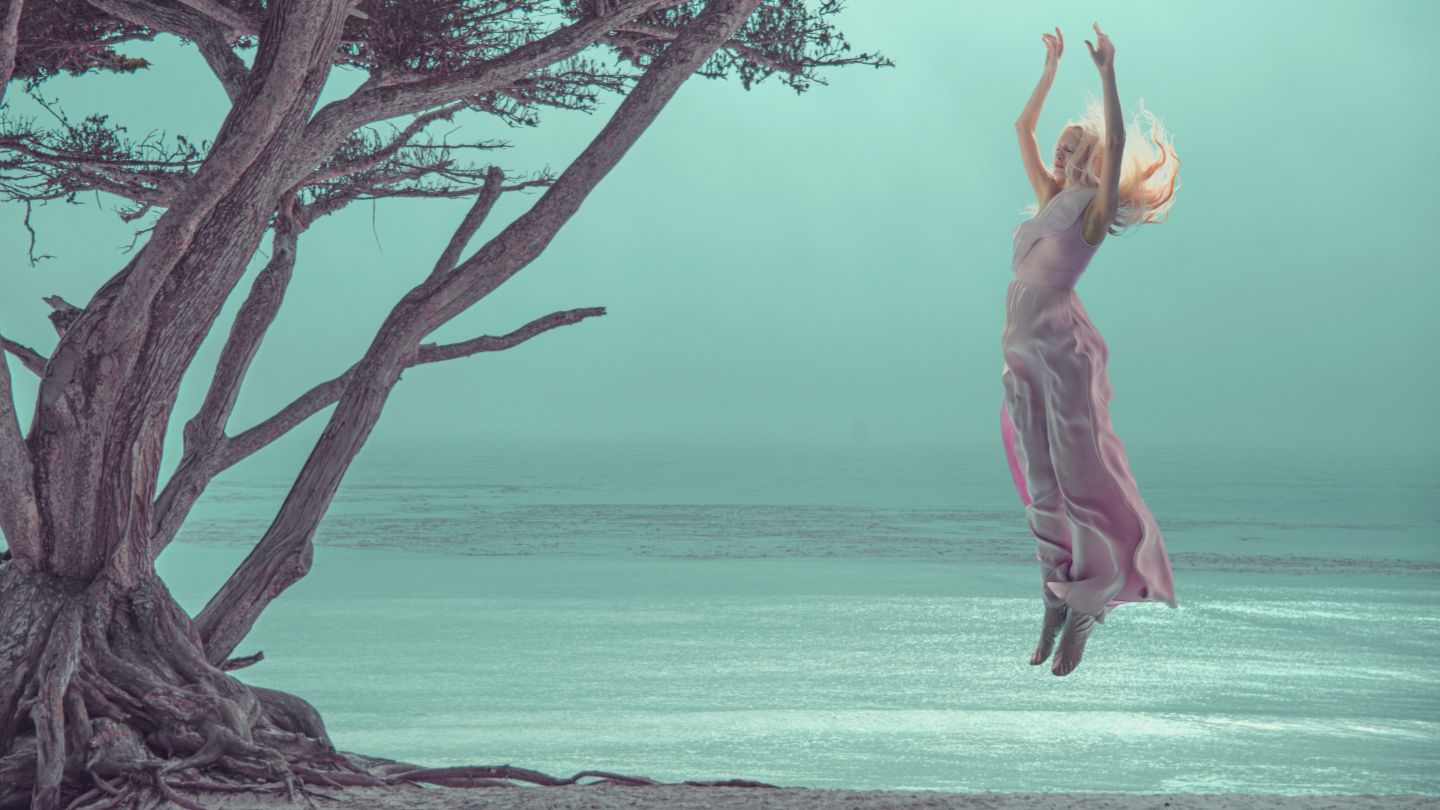Uncover the photography techniques that bring surreal landscapes to life. From lighting tricks to composition hacks, this article provides adventure seekers and photographers with the tools to capture the magic of dream destinations. Discover how to turn ordinary landscapes into mesmerizing pieces of art using elements such as composite, exposures, levitation photography, photo production, and more; all while maintaining a clear focus on the core principles of landscape photography. So, let’s take a closer look at these key aspects in order to elevate our landscape photos to an entirely new level.
Make the Most of Natural Lighting Effects
The foundation of any good photograph is arguably its lighting, and there are multiple possible ways to manipulate light when shooting surreal landscapes. Playing with natural lighting effects can transform an ordinary shot into something truly breathtaking. For example, you might choose to experiment with the golden hour or blue hour to take advantage of the stunning colors during sunrise or sunset. Another unique opportunity arises when using shadows and backlighting, which can give your images depth and create intriguing silhouettes. Combining long exposures with moving cloud formations is also a useful technique to imbue your scenes with a sense of movement and energy.
Utilize Long Exposures
Long exposure photography is perfect for capturing surreal landscape imagery. This method allows you to record the passage of time by incorporating stationary elements like mountains and rocks, alongside ever-changing elements such as clouds, water, and foliage. The contrast between these two types of subjects produces a compelling image, blurring the lines between reality and fantasy. Adjusting the duration of the exposure depends on factors like the amount of available light, desired effect, and subject matter, but with practice, it will soon come naturally.
Blend Multiple Layers for Composite Images
Expert photographers know that combining multiple images in post-processing is a fantastic way to achieve surreal results without relying solely on lengthy or challenging photoshoots. Composite photography involves the merging of several photographs taken from the same scene, ideally with overlapping elements, in order to create one final image.
Select your Background Wisely
To successfully create a composite photo, start by selecting a striking background that serves as the basis for your entire composition. This could be anything from an ethereal forest landscape to a watercolor-esque sky filled with cotton candy clouds. Keep in mind that this background should provide the core structure for all subsequent images you’ll include in the final piece.
Overlay Additional Images
The next step is to overlay additional images onto the chosen base layer. In doing so, you can add unique elements that contribute to the surrealism of the whole scene—for example, try including levitation imagery, blurred motion trails, or out-of-focus subjects. By altering their size, position, and opacity, these new additions will appear seamlessly integrated into the unified image.

Mastering Levitation Photography
A technique that always draws attention when capturing surreal landscapes is levitation photography. This method involves capturing dynamic shots which give the impression of floating subjects within static scenes. The process begins before the shoot itself; carefully plan and envision the end goal by selecting the appropriate tools and equipment, such as tripods, remote triggers, and suitable lenses.
Utilize Image Manipulation Software
In order to finalize the illusion of levitation, some post-processing manipulation is necessary. To create this effect, two separate images are required: one with the subject seemingly suspended in mid-air (using props such as stools), and another with the surrounding scene sans subject. In post-processing software, these images will be combined by “masking” or removing objects like supports, leaving behind a polished result that showcases the floating subject in its full glory.
Incorporate Unconventional Perspectives
When exploring surreal landscape photography, one mustn’t forget the importance of perspective and composition. Instead of adhering to traditional guidelines (like the rule of thirds), experiment with unconventional angles that introduce visual disorientation, making it harder for viewers to differentiate between reality and fantasy within your work.
- Aerial shots from drones or high vantage points can create an unexpected bird’s-eye view.
- Fish-eye lenses distort straight lines for a unique curvature effect.
- Over- or underexposing parts of the image may achieve an atmospheric abstraction.
To summarize, by developing a deeper understanding and appreciation for lighting tricks, long exposures, composite images, levitation techniques, and unusual perspectives, you’ll find yourself well-equipped to capture captivating scenes that evoke surreal landscapes. Happy shooting!
